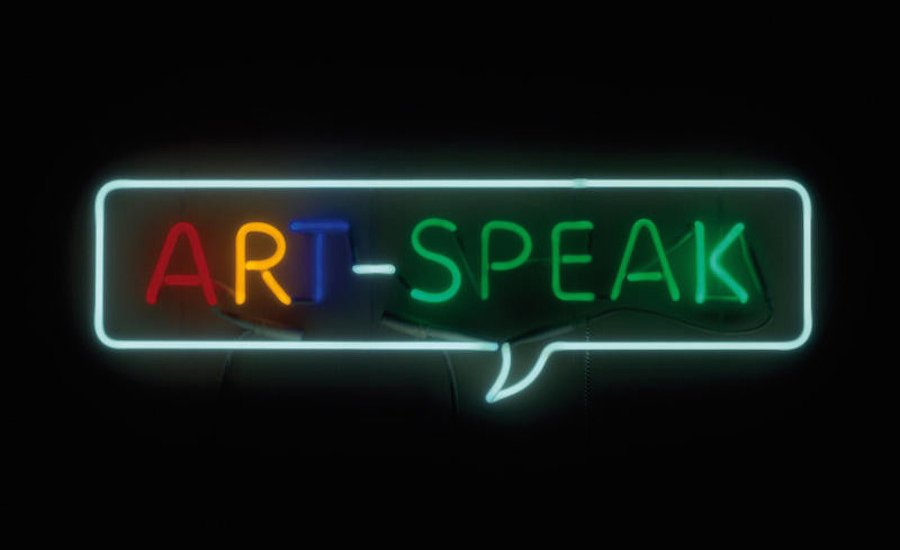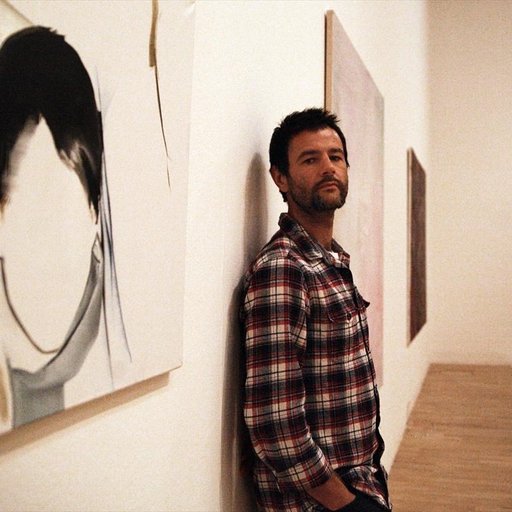Do you know your Art World A-B-C's? As the year comes to a close, we're revisiting " Keywords ," originally publishedby frieze co-editors Dan Fox and Jennifer Higgie in the British art magazine’s September 2011 as a contemporary update to Raymond Williams 's 1975 classic Keywords . Last time we selected 33 words you needed to know for Miami Art Week , but now that we’re done spotting celebs or crashing glitzy parties we're running a full A-to-Z of all the overused, pretentious, or otherwise opaque art world terms that need to be taken down a notch or two. Check them out in this excerpt from Phaidon's frieze: A to Z of Contemporary Art , and read the full glossary in its original form here .
A is for AVANT-GARDE:
"A delightfully old-fashioned term. We say, 'Bring it back!'"
B is for BIENNIALS:
"Are there too many or too few? Are the best ones locally focused or is it nice for the locals to see stuff from faraway? What’s the point of them these days? Discuss."
C is for COMMUNITY:
"We’re all part of one. Some artists like to include it in their work, which can be either boring, problematic, or well-intentioned. Christoph Büchel’s Piccadilly Community Centre (2011) was rumored to cost six times the amount an actual community centre costs. Discuss."
D is for DIGITAL :
"Some of us are old enough to remember when having a digital watch was to be at the cutting edge of technology."
E is for EMERGING:
"One of those categories that no one can agree on. One person’s emerging is another’s emerged. What they’re emerging from is rarely discussed."
F is for FAILURE:
"Overrated and often boring. And please, stop quoting Samuel Beckett about it: what would he know? He was never a failure."
G is for GENIUS:
"Extinct."
H is for HEGEMONY:
"Popularized by Antonio Gramsci’s usage, denoting the soft-power imperialism of the ruling political system. In cultural terms it is the feeling that at every art fair you go to you bump into work by Murakami / Koons / Katz ."
I is for IDEOLOGY:
"Generally used pejoratively to denote Jedi-like mind control, e.g., 'I like burgers, I think they’re delicious... No I don’t, it’s those capitalist pigs telling me I want one! Damn this prevailing ideology!'"
J is for JARGON:
"'The jargon of sculptors is beyond me. I do not know precisely why I admire a green granite female, apparently pregnant monster with one eye going around a square corner.' Ezra Pound."
K is for KITSCH:
"'No matter how much we scorn it, kitsch is an integral part of the human condition.' Milan Kundera."
L is for LIBERAL:
"Confusing term. Used by the right as a synonym for the left, and by the left to describe capitalist economics."
M is for MODERN :
"If philosopher Bruno Latour is correct in arguing that 'we have never been modern,' then there are a lot of museums out there with a serious branding problem on their hands."
N is for NOSTALGIA:
"Things were better back then. No, they really were."
O is for ORIGINAL:
"Of course you’re special! Honestly, you’re so talented. Really, I’ve never seen anything like it in all my years!"
P is for PRESS RELEASES:
"If even a fraction of the idiotic, hyperbolic claims that are made on a daily basis in press releases were true then the planet would have undergone a colossal global revolution in consciousness followed by a major collective nervous breakdown."
Q is for QUALITY:
"The phrase, 'Feel the quality on that, mate,' is seldom heard in galleries."
R is for RADICAL:
"There is an assumption that contemporary art is, a priori, radical. The language of radicalism and sedition can be found in museum and gallery press releases across the world, in the rhetoric of ‘breaking down boundaries’, ‘challenging preconceptions’: artists, curators, critics and dealers have all been complicit in stripping the terminology of radicalism of its force."
S is for STRUCTURAL:
"A word often associated with the sinking feeling one gets when sitting down to watch a program of 1970s artists’ films and finding out how long it’s going to be. While some wonderful and important artists’ films have been made under the rubric of structuralism, there have been some really boring ones too."
T is for THEORY:
"Art students can be roughly divided into those who start by making things then read some theory, and those who read some theory, then make things."
U is for UNCANNY:
"Freudian concept meaning 'familiar but strange'; interestingly, a feeling often experienced both at private views and in nightmares."
V is for VAGUE:
"Next time you encounter an art work or exhibition described as 'open-ended,' ask yourself whether what that really means is 'vague.'"
W is for WORK:
"It’s easy to quote the famous Situationist slogan, 'Ne travaillez jamais' (Never work) when you’ve got a trust fund to fall back on."
X is for XENOPHOBIA:
"Doesn’t appear to be going away, unfortunately."
Y is for YOUTH:
"In the words of Jerry Seinfeld: 'They’re here to replace us.' Which is one possible explanation why the art world is so obsessed with youth. See also: Emerging; Markets; Money."
Z is for ZEITGEIST:
"Mythological supernatural force critics and curators are obsessed with trying to capture."



























